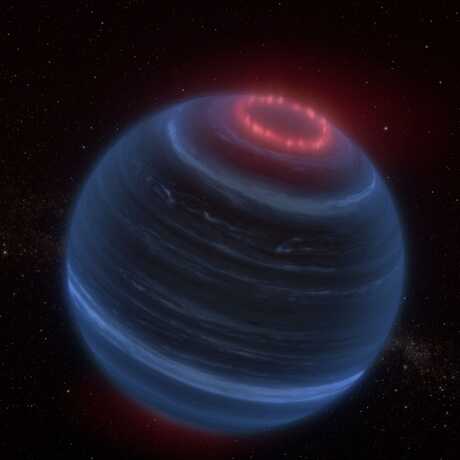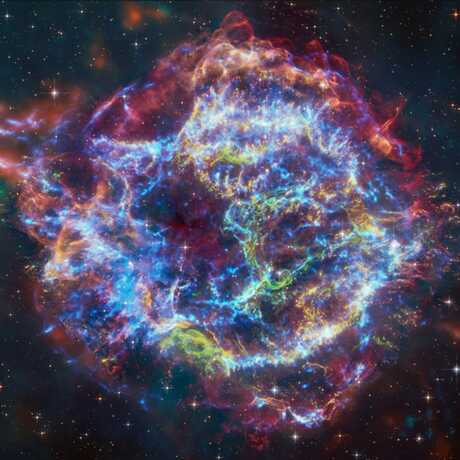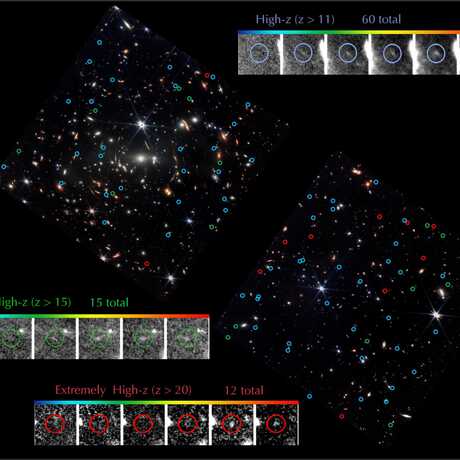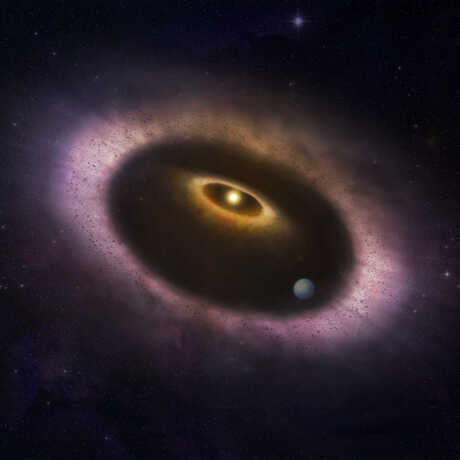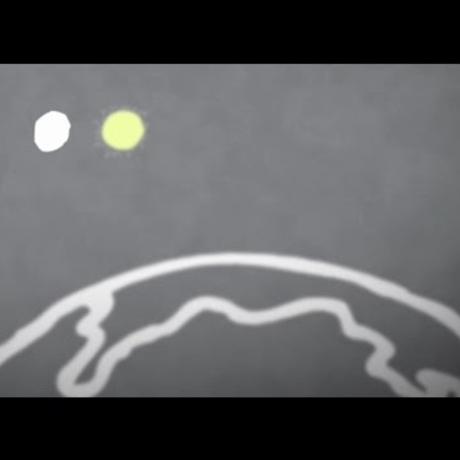Brown dwarf W1935 exhibits signs of glowing methane—possibly caused by aurorae!
Featured Articles
Cassiopeia A is one astronomical object that looks exactly like what it is—a star that exploded 350 years ago!
JWST launches the first day of astronomy’s big meeting with news about science, technology, and galaxies!
The connection between disks and planet formation continues to expand as astronomers view them in new detail.
Astronomers are getting closer to solving the origins of Fast Radio Bursts, or FRBs.
Get ready for this year's solar eclipse. For more information, visit eclipse.aas.org
On the eve of a large U.S. astronomy meeting, we explore planetary formation—of Earth and exoplanets!
This week's perihelion will bring Earth very close to the Sun. Then why is it so cold?
Ring in the New Year with a couple of comets and a megamaser. Plus, we remember astrophysicist Vera Rubin.
Space Friday's news includes terrestrial planets' orientation, news from Gale Crater, and a bright star's meal.
This week's space news includes defending ourselves from asteroids and an exoplanet with a bejeweled sky.
Space Friday: Jupiter's big move and meteorites, Cassini's approaching finale, and a new dark matter survey.
